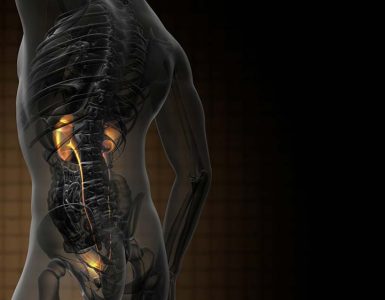Micronutrients are vital elements required for organisms (animals and plants) in variable quantities during the course of life to maintain health and perform physiological functions. Micronutrient malnutrition (MNM) is a form of under-nutrition related to a low intake of vitamins especially and minerals (such as zinc, iodine, and iron) to sustain good health and development. In 2013, theFood and Agriculture Organization of the United Nations affirmed that insufficient dietary consumption of micronutrients results in a hidden hunger. This malnutrition affects global health and is linked to reduced access to micronutrient-rich foods such as fruits, vegetables, foods of animal origin, and fortified foods. Black et al. (2013) indicated that some of the key causes of MNM are high cost, poverty, and inaccessibility of micronutrient-rich foods.
Thompson and Amoroso (2011) indicated that the deficiency affects every age group of both sexes but the most susceptible group are children within 1000 days of their life and women of reproductive age including lactating mothers and pregnant women. The World Health Organization estimates that more than 2 billion people are lacking in key vitamins and minerals and among them, one-third are children. This condition is mostly prevailing in developing countries and even more worst in low-income countries.

Micronutrient malnutrition is the most prevailing and devastating nutritional problem especially among children and pregnant mothers. In a study, Rush (2000) reported a higher rate of maternal mortality due to under nutrition in developing countries while the people with multiple MNMs at higher risk of multiple impairments. Black et al. (2008) showed that iron, iodine, and zinc deficiencies are closely linked with cognitive deficits among children, mainly due to iodine deficiency. Available literature indicated that malnutrition can be lessened through dietary modifications like micronutrient supplementation, dietary diversification, food fortification, bio-fortification, nutrition education, etc.
Animal foods play a significant role in the human diet. This food provides good quality protein and tremendous sources of vitamins and minerals. Rabbit meat is high in protein and low in sodium, fat, and cholesterol when we compared it with other meat like lamb, beef, pork, and poultry.
Pakistan Journal of Nutrition published a research work to assess micronutrients’ value of rabbit meat to manage the problem of hidden hunger among children within 1000 days of their life and women of reproductive age. Micronutrient analysis of rabbit meat and its nutritional composition indicated its maximum efficacy and utilization to control malnutrition.
















Add comment